Fiberglass Insulation in New Orleans
Why Choose Fiberglass Insulation in New Orleans
When hurricanes hit Louisiana, many homeowners find that old insulation can’t handle the heat and moisture that follow. After upgrading to fiberglass insulation, they often notice real changes: cooler indoor air, lower energy bills, and less humidity inside the home.
Fiberglass insulation acts like a warm jacket in winter and a shield in summer. It slows down heat transfer and makes your HVAC system work less. For homeowners, that means steady temperatures, less noise, and lower energy bills.
This type of insulation also resists moisture. That matters in Louisiana, where storms and heavy rain are common. Fiberglass doesn’t hold water like some other materials, which helps prevent mold growth.
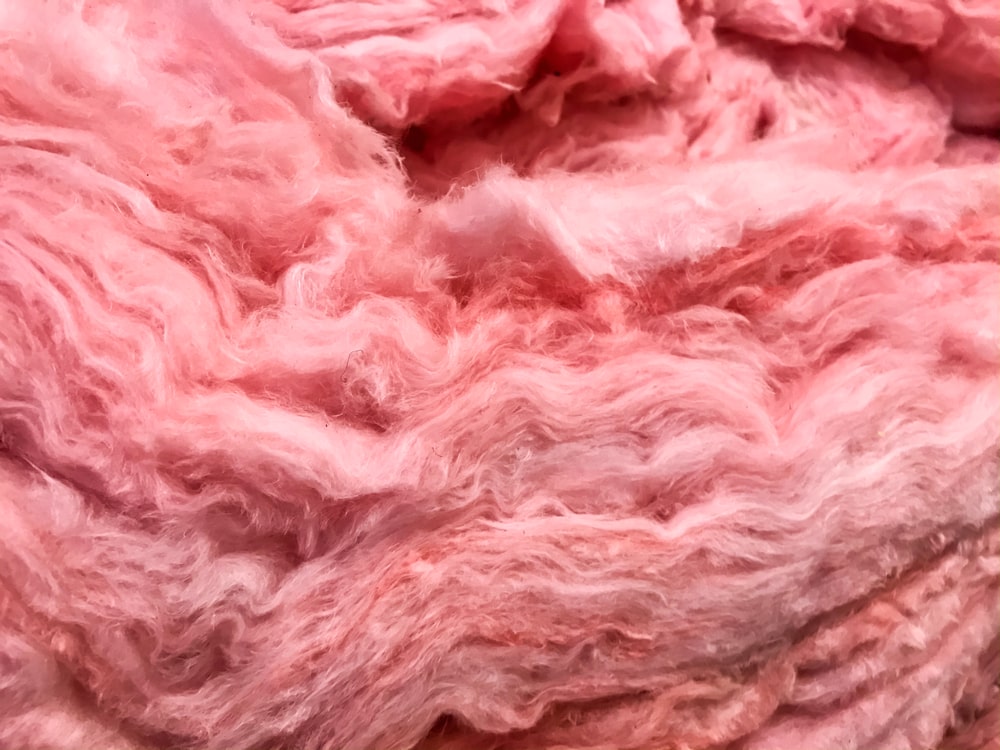
What Is Fiberglass Insulation?
Fiberglass is made from tiny glass fibers woven together. It’s light, easy to install, and has been used in American homes for decades. It comes in different forms, but batt insulation and roll insulation are the most common for residential and commercial buildings.
Key advantages:
Helps control indoor temperature year-round
Cuts energy costs
Works well with HVAC systems
Non-combustible material
Batt Fiberglass Insulation
Batt insulation comes in pre-cut panels that fit snugly between wall studs, floor joists, or attic rafters. It’s quick to install and ideal for walls and ceilings.
R-value: Batt fiberglass insulation typically has an R-value between R-2.9 and R-3.8 per inch. In Louisiana’s climate, this is enough to keep indoor spaces stable without overworking air conditioners.
Batt is a smart pick for:
New construction projects
Remodeling
Adding insulation to attics, basements, or crawl spaces
Because it’s pre-cut, batt insulation creates fewer gaps when installed correctly. That helps block air leaks—a common problem during Louisiana’s hot and humid summers.
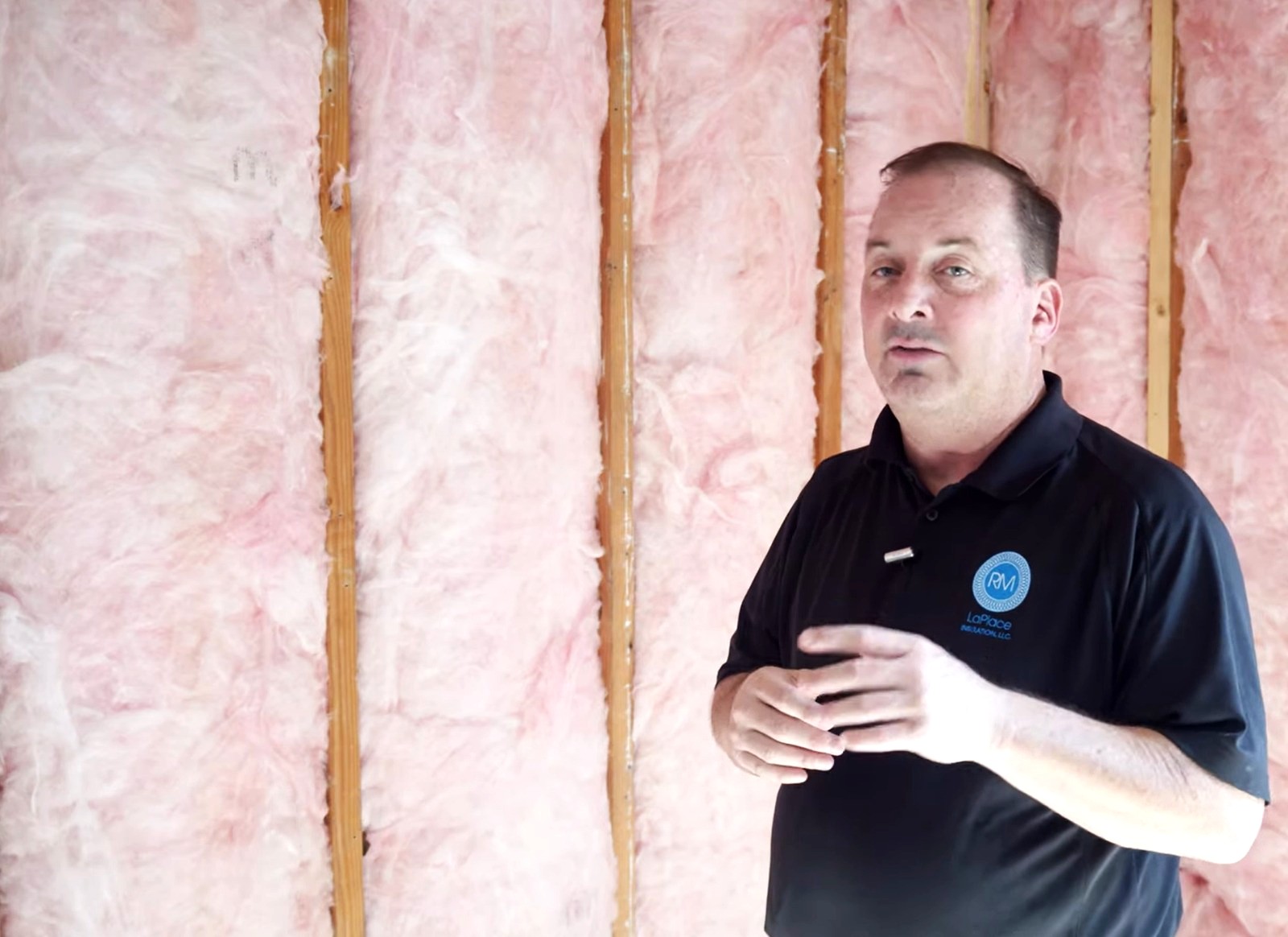
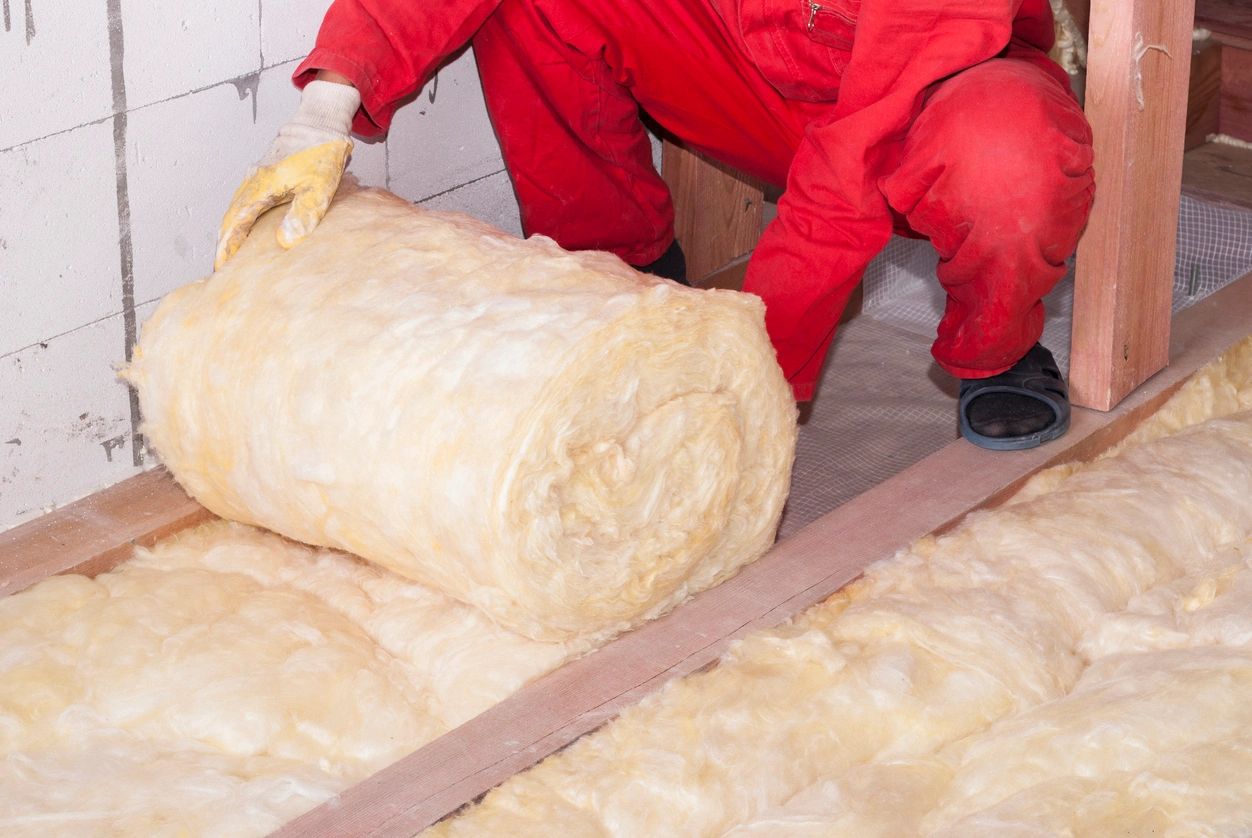
Roll Fiberglass Insulation
Roll insulation is similar to batt but comes in long, flexible sheets. It’s perfect for covering large areas fast. Installers can cut and fit it around pipes, vents, and other tricky spots.
R-value: Roll fiberglass insulation usually offers R-3.2 to R-4.3 per inch, slightly higher in some products.
Roll insulation works best for:
Attics
Floors over unheated spaces
Long wall runs
Because rolls are continuous, they reduce seams and gaps. This gives more consistent coverage, which is especially useful for keeping warm air out during Louisiana’s hot months.
Understanding R-Value in Fiberglass Insulation
R-value measures how well insulation resists heat flow. A higher R-value means better insulation.
For Louisiana homes, the U.S. Department of Energy recommends:
R-30 to R-49 for attics — Attics lose and gain the most heat, especially during long, hot summers. A higher R-value helps trap cool air inside, reduces strain on your HVAC system, and improves comfort in every room of the house.
R-13 to R-21 for walls — Wall insulation plays a big role in blocking outside heat and moisture. Choosing the right R-value here can reduce energy loss, make rooms more comfortable, and help stabilize temperatures during storms.
R-19 to R-25 for floors — Insulating floors helps stop air from escaping through crawl spaces or unheated areas. It also improves energy efficiency year-round and keeps floors more comfortable underfoot.
R-values can vary based on product thickness and density. Choosing the right R-value helps reduce energy loss during hot summers and stormy seasons.
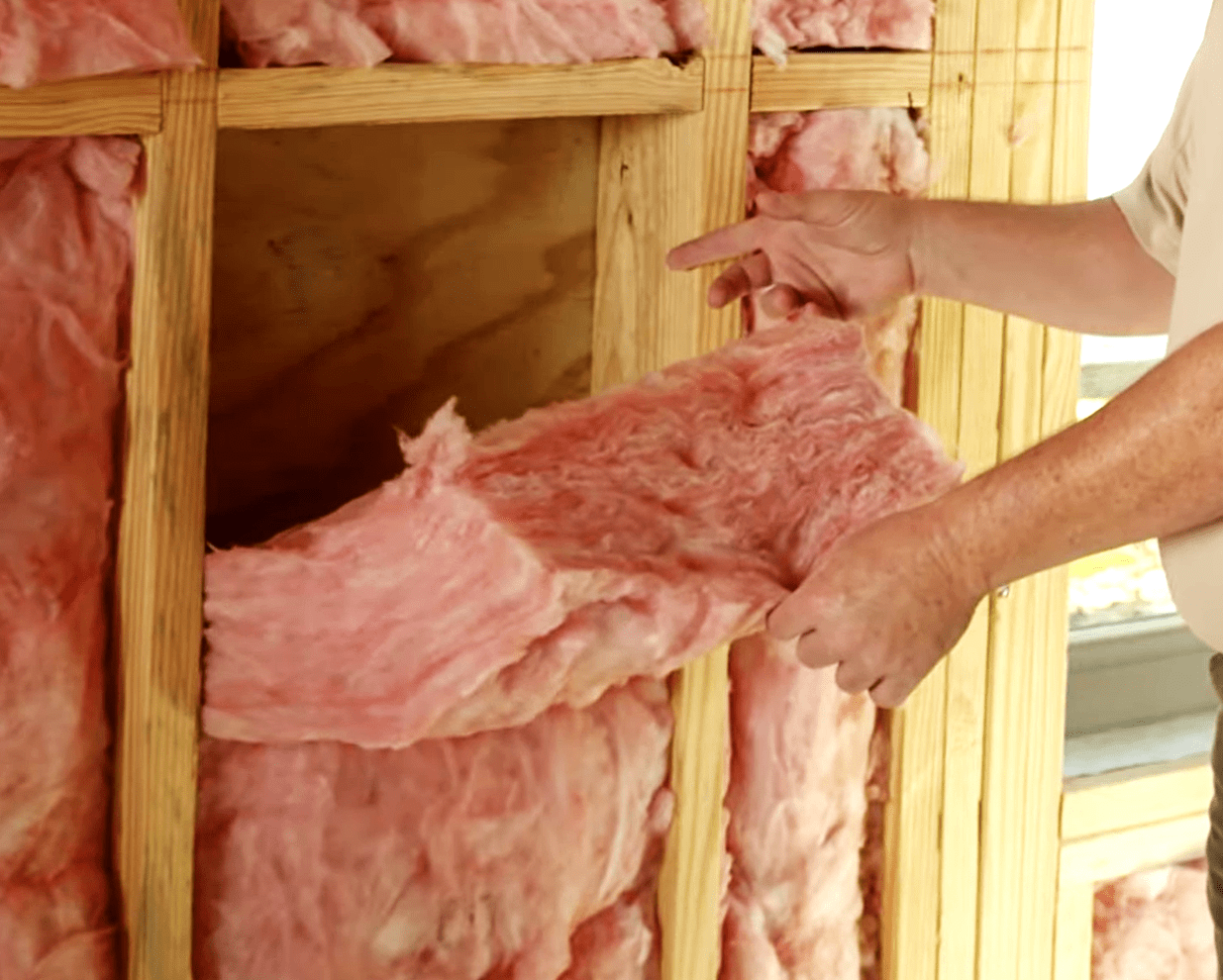
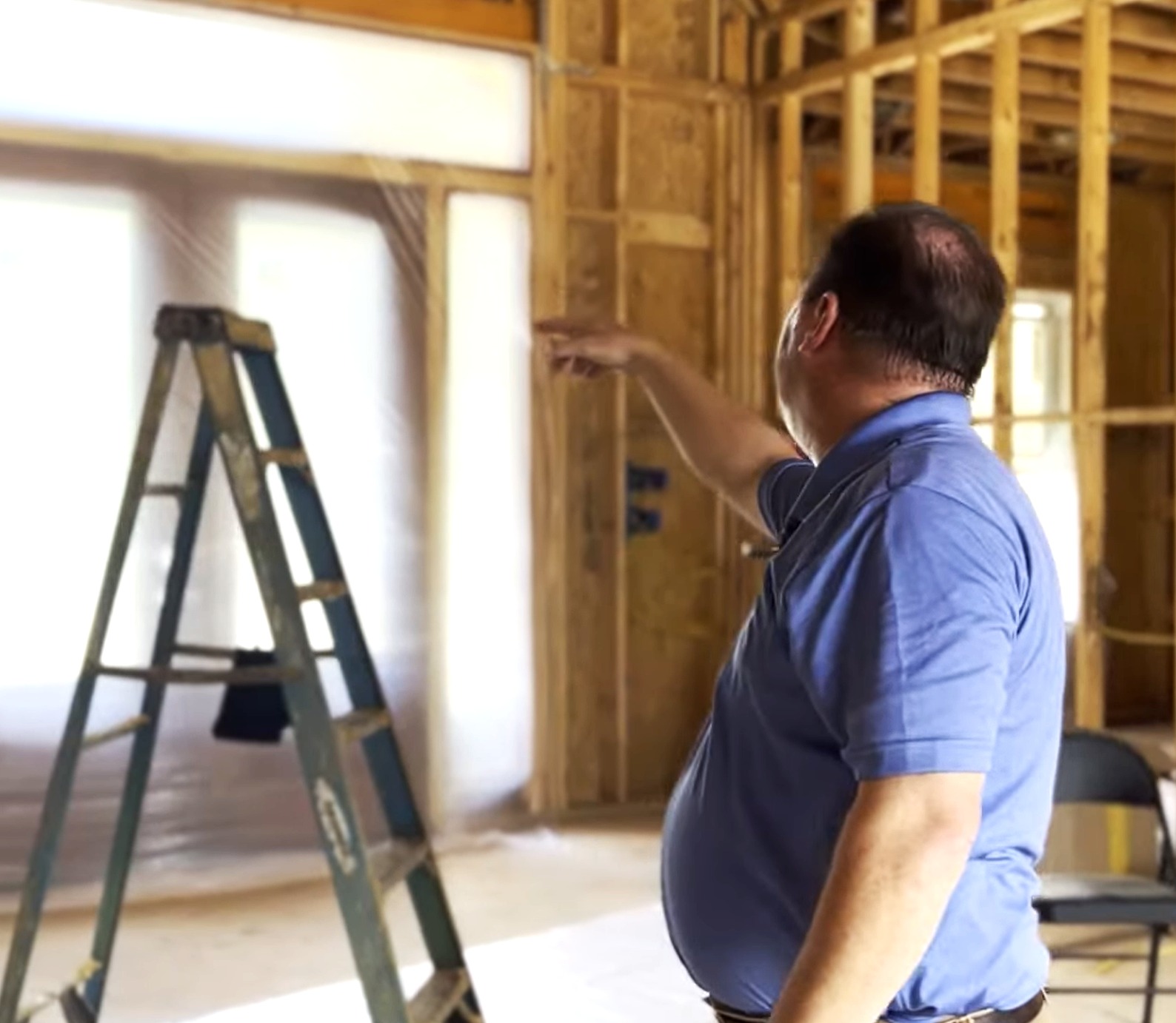
How Fiberglass Insulation Performs in Louisiana’s Climate
Louisiana’s weather shifts fast—from heat waves to hurricanes. Proper insulation protects homes from both extremes.
When a storm passes, humidity often spikes. Fiberglass insulation doesn’t absorb water like cellulose, so it keeps its shape and performance. It’s also resistant to pests and doesn’t shrink over time.
Areas We Serve
RM LaPlace Insulation provides fiberglass insulation in New Orleans, Metairie, Kenner, and the surrounding areas.
Each city in the region faces similar weather challenges—humid summers and storm seasons. Quality insulation helps protect your property and lowers long-term energy costs.
Why Homeowners Trust RM LaPlace Insulation
We bring years of hands-on experience installing insulation in hurricane-prone areas. We understand the unique needs of New Orleans homes and use high-quality materials built to last in Louisiana’s demanding climate.
We work fast without cutting corners, completing most jobs quickly and cleanly. Homeowners trust us for our skill and the long-term energy savings our work delivers. It’s a mix of local expertise, reliable products, and practical results.
Click On Any Of The Types Of Insulation For More Information
Fiberglass - Batt
One type of insulation is called Batt insulation. This is one of the most common products used to insulate walls, ceilings and attics as well as basements and crawl spaces. It is generally manufactured from fiberglass, Batt insulation can also be made from cotton or stone wool...
Fiberglass - Roll
Fiberglass roll insulation is common because they're so easy to install. Rolls are simply longer versions of batts...
Blown Insulation - Fiberglass
The term blow-in insulation (or loose-fill insulation) refers to the process of filling stud or joist cavities or covering attic floors, with any loose material that has a good area to cover...
Blown Insulation - Cellulose
Cellulose insulation is often blown into building spaces through hoses from special blowing equipment in this case mounted inside a truck...
Blown Insulation - Rockwool
Rockwool insulation is a rock-based mineral fiber insulation comprised of basalt rock and recycled slag...
Spray Foam - Open Cell
Open cell spray foam has a very high expansion rate, sometimes as much as 100 times over. This makes it an ideal option for homes because it gets in the nooks and crannies in attics, crawl spaces, and rim joists..
Spray Foam - Closed Cell
Closed cell foam is made up of cells that are, as the name suggests, completely closed. The cells are pressed together, so air and mositure are unable to get inside the foam. Because of this, closed cell foam is much more rigid and stable than open cell foam...
Metal Building Insulation
When it comes to spray foam insulation for metal buildings you have two options – open cell or closed cell foam insulation.

Call Today For A Free Quote
"Trusted And Referred For A Reason"
Our Expert Team ...
Can Help You Decide What Type Of Insulation Is Right For You
Just give us a call or send a submission form. All estimates are free. Our certified technicians are always ready to help answer any questions.
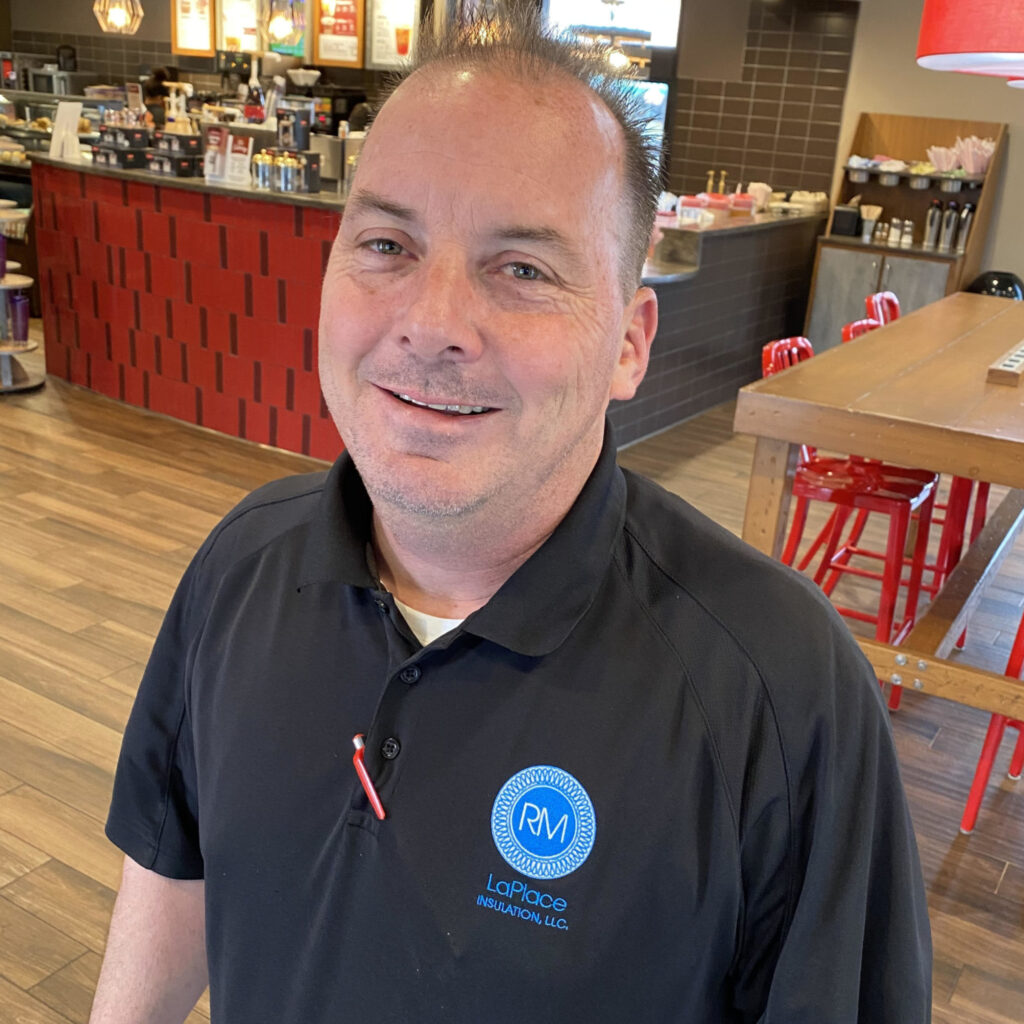
Robert LaPlace
Owner / Operator
